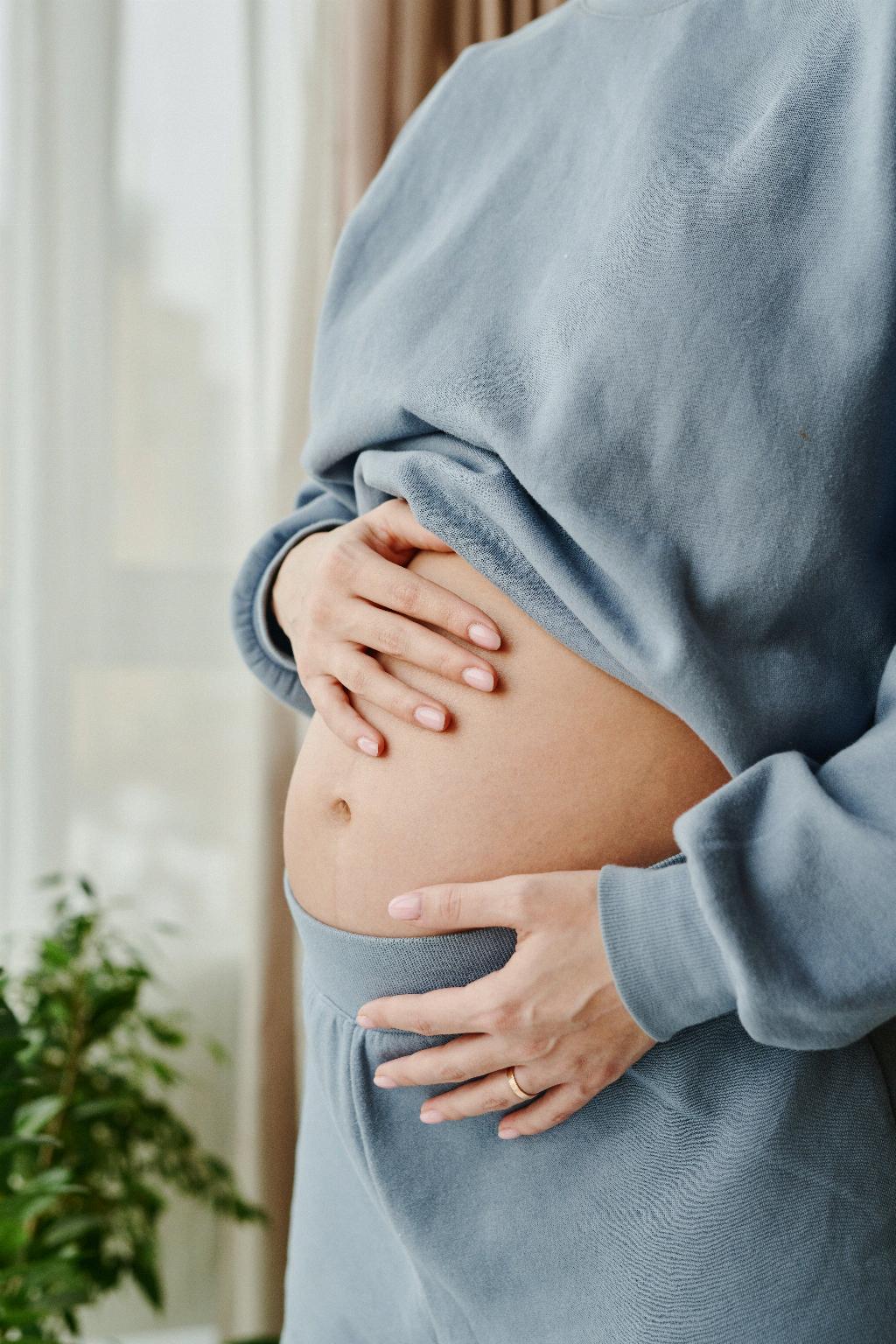When it comes to rabbits giving birth, there are certain signs you can look out for to determine if your rabbit is about to go into labor. One of the most common signs is nesting behavior. This includes your rabbit gathering hay in her mouth to build a nest and plucking her fur to line the nest for warmth.
Physical Changes in the Doe
As the due date approaches, you may notice physical changes in the pregnant doe. Her belly will visibly enlarge as the kits grow inside her. Additionally, you might observe her becoming more restless and seeking out a secluded area to prepare for birth.
Changes in Behavior
Behavioral changes in the pregnant rabbit can also indicate that birth is near. Some does may exhibit nesting behavior as early as a few days before giving birth. They may become more protective of their nesting area and show signs of being more territorial.
Reduced Appetite
Another common sign that a rabbit is nearing labor is a decreased appetite. The pregnant doe may eat less or show less interest in her food as she prepares for the upcoming birth. This is a natural part of the birthing process and should not cause alarm.
Restlessness and Nesting
As the time for birthing approaches, your rabbit may exhibit restlessness and a strong desire to nest. This nesting behavior is driven by the instinct to create a cozy, warm environment for the newborn kits. Providing her with a suitable nesting box can help satisfy this instinct.
Increased Aggression
Some pregnant rabbits may display increased aggression or become more defensive as they near their due date. This behavior is a protective instinct to ensure the safety of the upcoming litter. It’s important to give the rabbit space and avoid unnecessary handling during this time.
Physical Preparation
In addition to nesting, plucking fur, and other behavioral changes, the rabbit’s body will also undergo physical preparation for birth. The doe’s mammary glands may become more prominent and engorged as she produces milk in anticipation of nursing the newborn kits.
Monitoring for Contractions
During the actual birthing process, you may observe the pregnant rabbit having contractions. These contractions help the doe push out the kits. It’s essential to monitor the labor process and be prepared to intervene if necessary, though most rabbits give birth without complications.
Post-Birth Care
Once the rabbit has given birth, it’s crucial to provide her with a quiet, safe environment to care for her newborn kits. Avoid unnecessary disturbances, ensure the nesting area is clean and warm, and monitor the doe and kits closely in the hours and days following birth.
Seeking Veterinary Assistance
If you have any concerns about the birthing process or notice signs of distress in the pregnant rabbit, it’s essential to seek veterinary assistance promptly. A knowledgeable veterinarian can provide guidance and support to ensure the health and well-being of both the mother and her offspring.
Conclusion
Knowing when a rabbit is about to give birth involves observing a combination of physical changes, behavioral cues, and nesting behavior. By paying attention to these signs and providing the pregnant doe with the necessary care and support, you can help ensure a successful and stress-free birthing experience for both the rabbit and her newborn kits.

